Table of contents
In 2019, more than 26 million people worldwide took an at-home ancestry DNA test, according to the MIT Technology Review of that year. This exponential increase in interest in these tests began in late 2017 and early 2018, thanks to a substantial TV and online marketing campaign. The MIT Technology Review also found that in 2018, people took more ancestry DNA tests than all the previous years combined.
Today, there are still growing numbers of people going to direct-to-consumer companies to get their DNA decoded. At first, motivations appeared to be genetic predispositions to disease, carrier status, or even tests that provide personalized menus of food could help maintain good health. Now, many people want to know where their ancestors came from and what their DNA says about their ancestry in addition to primarily health tests.
But how accurate is DNA testing for ancestry? How do companies get those percentages? Do I need to know how ancestry works to understand my results? We will provide answers to these questions and many more below.
What is DNA ancestry testing?
Previously, people would learn about their ancestors through stories told by elders or parents. Sometimes, these stories were backed up by historical documentation. Fast forward to today, DNA changes from person to person enable consumers to trace their ancestry in a more personal and detailed way than written or oral histories.
Genetic testing is taken by individuals interested in knowing who their ancestors were, their milestones, where they came from, and what migration patterns they may have taken. By 2018, more and more people were sending their raw DNA to companies who would cut out the unnecessary, test the valuable part, map it, and compare it with their existing database. As databases grow, so do users results and matches. Most companies will notify users if/when new information regarding their results becomes available.
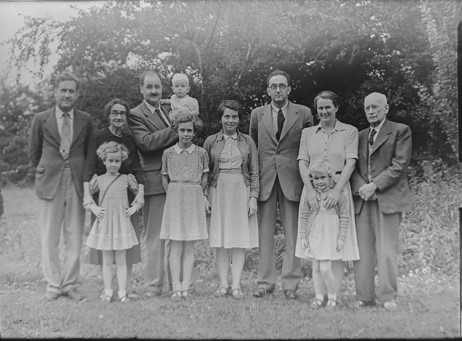
Since DNA has unique markers depending on geographic region or a particular background, it is relatively easy for a person with specific markers to be located within a certain location. This genetic makeup is how the reports determine if you are this part Italian, this percent Greek, and this other percent Sardinian. Typically, the more closely related two individuals are the more these patterns of variation they share.
Before purchasing an ancestry DNA test, potential customers should ensure they understand the privacy and terms of service for each company. Terms and conditions are especially important regarding personal information and credit card transactions. Most companies are bound by law enforcement to release genealogy results in certain cases. This is what led to results in GedMatch Genesis being used to arrest the Golden State Killer decades after his crimes.
Types of ancestry DNA tests
To obtain genealogy information, testing companies offer one or more of three types of test. Two of them test for the maternal and paternal lineage while the third looks at SNPs.
Y chromosome testing
There are many variations in the Y DNA, and they are passed exclusively by the father to the son. This paternal line can be used to determine your ancestry through Y chromosome testing. Females cannot take this test because the Y chromosome is only found in males.
It is important to know that the Y chromosome is passed on through generations in the same way through different cultures. Because of this, a Y-chromosome test can help determine whether two families with the same surname are related.
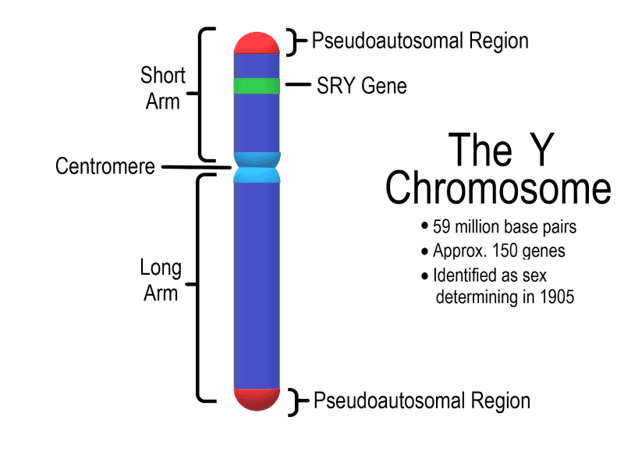
Mitochondrial DNA testing (mtDNA)
Most of a cell’s DNA is tightly packed inside the nucleus. However, organelles known as mitochondria also contain a small fraction of DNA. This is mitochondrial DNA. Just like sons inherit their Y-chromosome from their father, sons and daughters get their mitochondrial DNA from their mother.
This DNA provides useful information about a person’s maternal lineage. An mtDNA test is helpful to find information about not too distant ancestors.
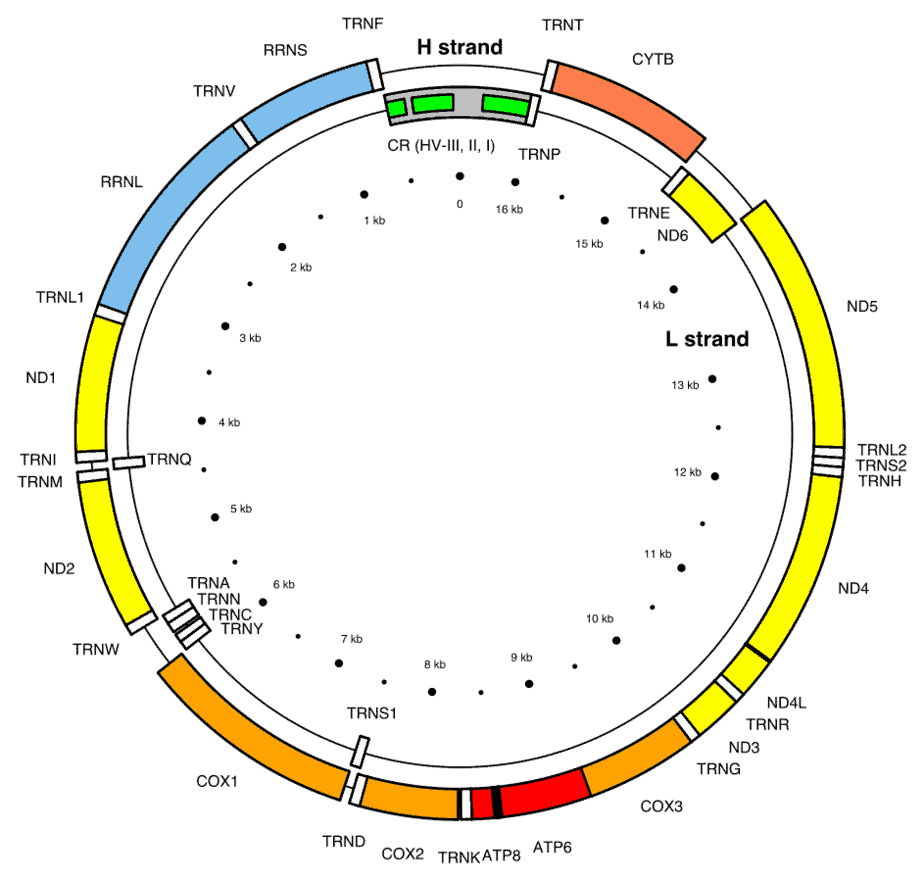
Single Nucleotide Polymorphism (SNP) testing
Most of our DNA is shared with everyone else. However, it is the minor variations that DNA ancestry tests try to find. These changes are known as single nucleotide polymorphisms (SNPs). When these variations are found, they are compared to those tested from specific regions of the world.
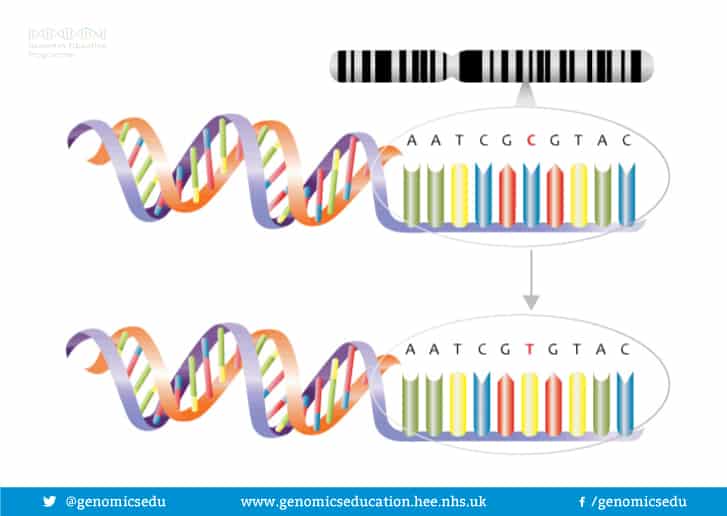
A DNA pattern can then reveal if you are 50% European ancestry, 20% Asian, etc. Since these percentages are obtained from other results from a small percentage of people from those regions, these numbers are only an estimate of the tester’s ethnic background.
Ancestry DNA test step by step
The genetic data that is collected by ancestry tests is, at best, imperfect. They aren’t a time machine or magic wand that will reveal the exact locations of your ancestors. So, the information that companies give you about your heritage is thought of as estimates.
How does the process work? We will break it down into three simple steps. Before you purchase a product or service, you should be familiar with the specific processes and reports unique to each company.
Step 1: Collect DNA
The human genome comprises approximately 3 billion base pairs – the letters or units that make each section of the DNA molecule-packed within the 23 chromosomes in every cell. When you order an ancestry DNA test kit from a testing company, you either collect a saliva sample by spitting into a tube or collect sample cells from your cheek with a swab. You ship it back to the laboratory and analysis is performed.
We all share about 99.9% of our DNA – this is the portion that makes us human. It is the tiny variations in the remaining percent that make us different. These variations are known as single nucleotide polymorphisms (SNPs), and this is where DNA ancestry testers will focus.
After extracting DNA from the samples, laboratories make copies of your DNA sample and break it into pieces. Next, a machine called a genotyping array sorts out the SNPs. This instrument tells them what versions of SNPs you inherited and where they are located in the genome.
There is a DNA database of SNPs named with codes that indicate the research lab or institution that discovered it and the order in which it was found. The more SNPs two people share, the closer they are related and share ancestry.
Once the company has cracked your SNPs, they will compare them with a gene database of people with known ancestries. The genotyping arrays usually have a 99% accuracy, but when you process 1 million places, that 1 percent becomes significant and would explain why in some tests, twins have slightly different DNA test results from each other.
Step 2: Reporting DNA comparison
Let’s expand on how companies compare your DNA with that from people whose ancestries are known. If you are looking for your ancestry and preparing yourself for a genetic plan, you have probably read about people getting different results from different companies. All companies are looking at the same set of SNPs, so why the discrepancy?
The difference between companies is how efficient they are at reading your DNA and how they process the raw data. Nebula Genomics, for instance, analyzes the entirety of your DNA many times. This approach leads to either no errors or isolated errors that can be ignored when processing your variants as long as they are not present in the other reads.
Let’s dig deeper.
Different types of SNPs are found in diverse populations. So, the ones found in people of Greek origin are common within them but very rare in African populations, for example. These sets of SNPs particular to a region are referred to as reference populations or groups. The company you chose for your ancestry test will compare your set of SNPs to known reference groups to see if you have common ancestors with that group.
Here’s the spin: The reference groups that companies use can be different, and these groups are changing all the time as more people are getting tested. In other words, as DNA ancestry sites gather more data, the information for consumers might change. These haplogroup results are especially useful for those groups in which historical records may be lost, such as Native Americans and African Americans.
Step 3: Report DNA percentages
Besides matching you to long lost ancestors, an ancestry DNA test will determine the percentage with very specific numbers. This is how we can tell that you are 50% European, 20% African, 10% Chinese, and so on.
An algorithm is used to create different combinations of ancestors to get similar SNPs variations presented by the user. It is essentially looking for the best fit, but not a perfect one. When ancestries look very similar, the program has a hard time differentiating them. It might not be able to tell if a person has Chinese or Thai ancestors, for instance.
How much does an ancestry DNA test cost?
The price varies among companies, of course. But on average, an ancestry DNA test goes about $100. This does not include the subscription fee that will keep your information updated.
Nebula Genomics offers the most complete DNA sequencing at a very competitive price. This is 30X Whole genome sequencing at $299 or less. We can guarantee that your raw data will deliver very few inaccuracies. When it comes to ancestry, this provides a significant advantage when comparing your genetic markers with those related to you.
You can take a look at how prices between the major ancestry DNA testers compare on our blog.
Distinguishing heritage from ancestry DNA test results
Heritage is all the relatives from your past that contributed to your existence. It is your family history and all the customs, traditions, and practices you inherited from your ancestors, dead or alive. A DNA test will not always reveal your heritage, but only your genetic ancestry.
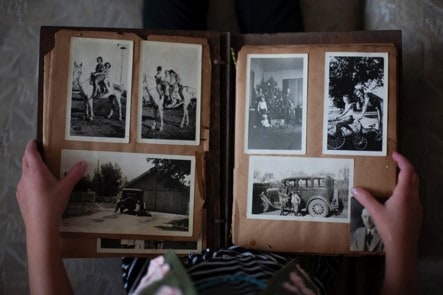
An ancestry test will not tell you where your ancestors lived, but it will tell you how much DNA you inherited from them as your results are compared to every family member. Genetic inheritance is a random process so it is possible that your mom did not pass on to you her Greek genes but did pass them to your sibling. An ancestry test will reveal that your sibling has no Greek ancestors, but you do.
This means that to answer the question, “Do siblings have the same ancestry?” the answer will be: not necessarily. In fact, only twins share their DNA the most, and even they can show some inconsistencies, as we saw earlier.
Do I want to find out my ancestry? Take the test and see for yourself. Do I want to know about my heritage? Sit with your oldest living ancestor and let them pass on to you the stories their forefathers passed them on years ago.
Your DNA test reveals the geographic locations your ancestors probably lived. You can use an ancestry DNA test to receive ancestry reports on how they migrated and events that led them to bring you up where you are. The music they danced to, the food they ate, the conditions in which they lived; all of this is heritage, and it cannot be revealed in an ancestry test.
Ethnicity estimates
When we talk about where your ancestors may have lived thousands of years ago, we are talking about ethnicity estimates. As the term suggests, this estimate tries to establish how much of your DNA came from what regions of the world. Companies usually present this information in percentages.
As we have stated earlier, we compare your DNA results with a reference panel (made of many geographic reference groups) and compare your genetic results with similarities among these groups.
Limitations of ancestry DNA tests
Ancestry DNA tests can give you very useful information about your ancestors. But just like the ethnicity estimate we discussed above, we must understand that these are estimated DNA matches. As more and more people get tested, the reference groups and DNA matches feature can become more specific.
At this time, there are regions where we do not know much detailed information. For example, if you have ancestors who lived in a village in Málaga, your AncestryDNA results will probably only tell you that they were from Spain since that is the scope of a particular company’s reference.
The problem with percentages is that we do not know their error margin. If you are told that you are 94% Korean and 6% African, is that difference significant? Is it really that different from being 100 percent Korean?
As more people are getting tested, their family tree expands their branches, groups grow bigger and more specific, and the information that was useful today may prove obsolete in the future. There has been a remarkable growth of population reference groups, allowing DNA testing companies more precise geographic estimates.
How can Nebula Genomics guarantee accurate results?
One factor that affects what kind of results you get has to do with the test’s accuracy. Nebula Genomics guarantees that you will get all of your SNPs properly marked as we thoroughly unwrap your entire genome. We produce 10,000 times more data than other DNA testing services.
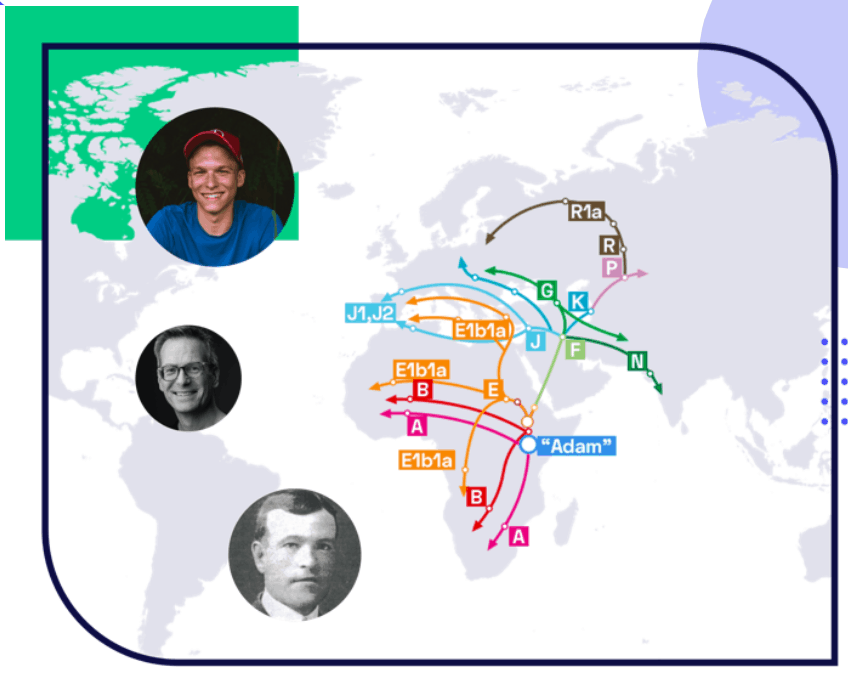
Whole Genome Sequencing provides the most accurate DNA test for ancestry, even greater than whole exome sequencing. Our detailed ancestry breakdown is based on autosomal testing results. Autosomal DNA tests like ours use full genome sequencing to decode your DNA, the test is the most comprehensive one available. Specifically for deep ancestry DNA test results, we have partnered with FamilyTreeDNA, which contains the largest Y DNA and mtDNA database. This means that your results will be compared to a large pool, increasing the chances of accurately finding your ancestors and reducing the error factor. We also have a partnership with YFull for additional Y chromosome and mtDNA interpretation DNA services.
What is the best ancestry DNA test? You can learn more about companies (including AncestryDNA and 23andMe) on our blog:
- African Ancestry ($299 per lineage)
- CRI Genetics ($99 for ancestry test)
- DNA Land (free DNA upload for trait and ancestry analysis)
- DNA Painter (first profile is free and subscriptions are available for others)
- GedMatch Genesis (free DNA upload for genetic genealogy and paid advanced options)
- Home DNA Test (mainly a paternity test, but also offers ancestry options)
- Living DNA (starting at $49)
- MyHeritage ($99 for ancestry test, additional subscriptions for access to genealogy tools)
- WeGene (for Asian ancestry)
If you already had your DNA decoded by an AncestryDNA test or 23andMe, you can upload your raw DNA data to Nebula Genomics, and we will have it analyzed for you! For more information on the best ancestry DNA test kit, you should look at our complete guide to the best DNA kit and other at home tests.
Edited by Christina Swords, Ph.D.